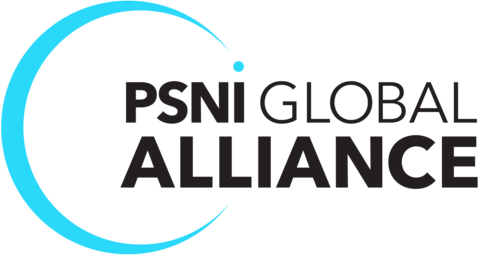The world has a shortage of healthcare workers right now but by 2030, that shortfall could reach 15 million. Technology will play a big role in how countries are able to address the problem.
The Reach of Telehealth
Remote areas are usually hardest hit by health worker shortages. Telehealth has long been a solution for reaching patients in these areas, but with lower costs for equipment and better connectivity, the practice is growing. Remote nurses, physicians, and pharmacists can reach more patients in less time and for less cost than by relying on traditional approaches.
Telehealth minimizes the effects of provider shortages not just by reaching patients who can’t make it to an office but by making interactions more efficient through standardized workflows and eliminating office wait times. That way, nurses and physicians can call on more patients. Pharmacy teams can also serve more patients by establishing processes to fill requests faster because they can receive many requests in advance.
Better Treatments
New technologies are also providing patients with better diagnoses and treatments. Many new treatments are less invasive, meaning faster recovery and healing. Better outcomes equal shorter stays, easing the burden on hospital and facility workers.
Decreased risk and improved outcomes also mean patients are less likely to return for follow-up or to receive treatment for complications.
At-home patients can use devices to monitor everything from weight and blood pressure to insulin and other levels. These technologies replace some traditional face-to-face visits and can be followed up with video calls. Thanks to AI, algorithms mining medical records and healthcare trackers such as wearables and sensors, allow patients to take more control over their health. Technologies ultimately mean less dependency on healthcare workers.
The Future of Healthcare
The Association of American Medical Colleges predicts that by 2025, the shortage of physicians in the U.S. will be in the range of 34,600 to 88,000. Fortunately, advances in healthcare technology are rapid, allowing healthcare providers to extend their reach significantly
There’s a lot of talk about nurse robots that can perform a variety of tasks including carrying patients, helping the elderly battle loneliness, and reminding patients to take their medication. They are certainly not ready to replace humans, but they can begin to fill gaps in care with simple tasks that contribute to nursing staff’s long hours and burnout.
The right solutions can benefit providers, patients, hospitals, and other healthcare facilities. Technologies can not only make healthcare more efficient but can perform some of the tasks people don’t want to do or to assist in jobs where there are not enough trained providers.
Want to learn which technologies can improve efficiency and patient care in your healthcare organization? Find an integrator here.









